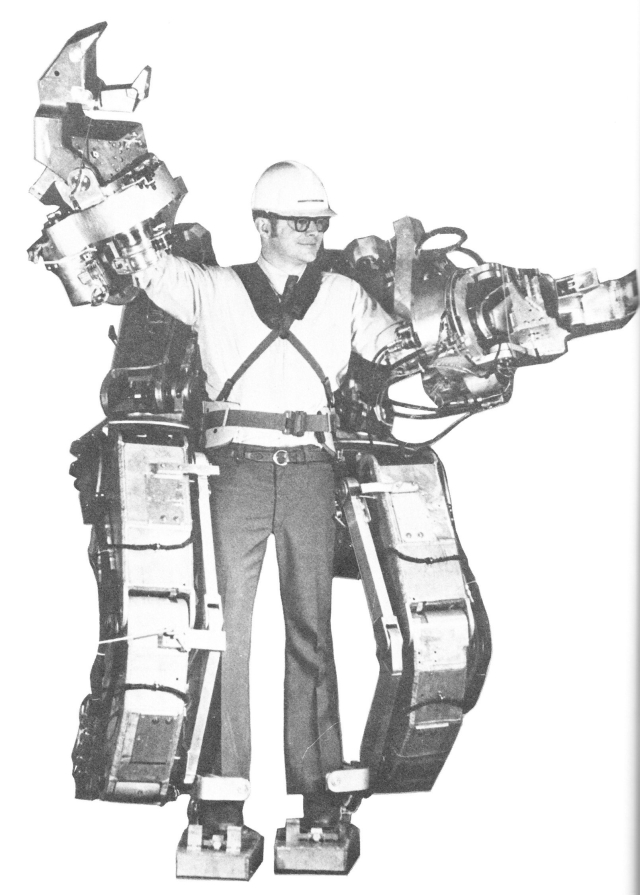NASA intends to deploy a robotic lunar rover on the Moon in 2017 to search for water and other resources necessary for space travel, and that NASA may have secured support from the White House for an actual manned outpost a space station floating above the far side of the moon.
Rumors of such a deep-space outpost surfaced as early as February of this year, when a leaked memo from a NASA administrator detailed an idea to build a "human-tended way point" at Earth-Moon Lagrange Point 2 (EML-2): a point in space where balanced gravitational forces allow an object to remain in stationary orbit relative to both the Earth and the Moon. From there, NASA could launch missions deeper into space possibly, to Mars, or a near-Earth asteroid using the base as a stepping stone.
At present, NASA could only confirm that the Space Launch System's first unmanned mission (Exploration Mission 1) is still slated for 2017 and a second manned mission (Exploration Mission 2) with a crew of four would likely occur in 2021, that astronauts would attempt to land on an asteroid by 2025, and arrive at Mars sometime in the 2030s. NASA did caution though, that there's no current plan to land people on the Moon itself.
Private firms have been working on commercial space travel for a while, with the SpaceX Dragon capsule successfully completing its first resupply mission to the International Space Station just last month, but recently there's been some interest in space mining as well: Planetary Resources, a company backed by James Cameron, Larry Page and Eric Schmidt, plans to launch a spaceship within two years and begin mining by 2022.
A company using technology developed at Carnegie Mellon University plans to put a robotic rover on the moon in 2015. Astrobotic Technology recently signed a contract with SpaceX, an aerospace company run by Elon Musk, to carry the robot to the moon. The Carnegie spin-off is now the first entrant in the $30 million Google Lunar X-Prize competition to sign a launch contract.
Moon Express, another Google Lunar X PRIZE contender, announced that it has established the "Moon Express Robotics Lab for Innovation" (MERLIN) and has hired a team of the nations' brightest engineering students who became international superstars through the FIRST Robotics Competition, overall there are 25 active teams from different countries competing for the prize.
The Google Lunar X PRIZE offers a total of US$30 million in prizes to the first privately funded teams to land a robot on the Moon that successfully travels more than 500 meters (1,640 ft) and transmits back high definition images and video. The first team to do so will claim the US$20 million Grand Prize; while the second team to accomplish the same tasks will earn a US$5 million Second Place Prize. Teams can also earn additional money by completing additional tasks beyond the baseline requirements required to win the Grand or Second Place Prize, such as traveling ten times the baseline requirements (greater than 5,000 meters (3 mi)), capturing images of the remains of Apollo program hardware or other man-made objects on the Moon, verifying from the lunar surface the recent detection of water ice on the Moon, or surviving a lunar night. Additionally, a US$1 million Diversity Award may be given to teams that make significant strides in promoting ethnic diversity in STEM fields. Finally, Space Florida, one of the "Preferred Partners" for the competition has offered an additional US$2 million bonus to teams who launch their mission from the state of Florida.
The end of 2015 may seem like a long way off, a little more than three years away. However, because of the long lead times associated with the development of these missions, as well as obtaining launch contracts, even those running the GLXP acknowledge that the competition is now in a critical time. Even failing to win the prize doesn’t deter some teams, who have a vision and business plan that extends beyond the prize competition. This will not be just about winning the prize. It’s about creating a whole new industry.Considering what is around the corner for establishing an infrastructure in orbit then a possible colonization of the moon. Robots pave the way for exploration, and in this case a ten or fifteen year time window makes it a hopeful future...








